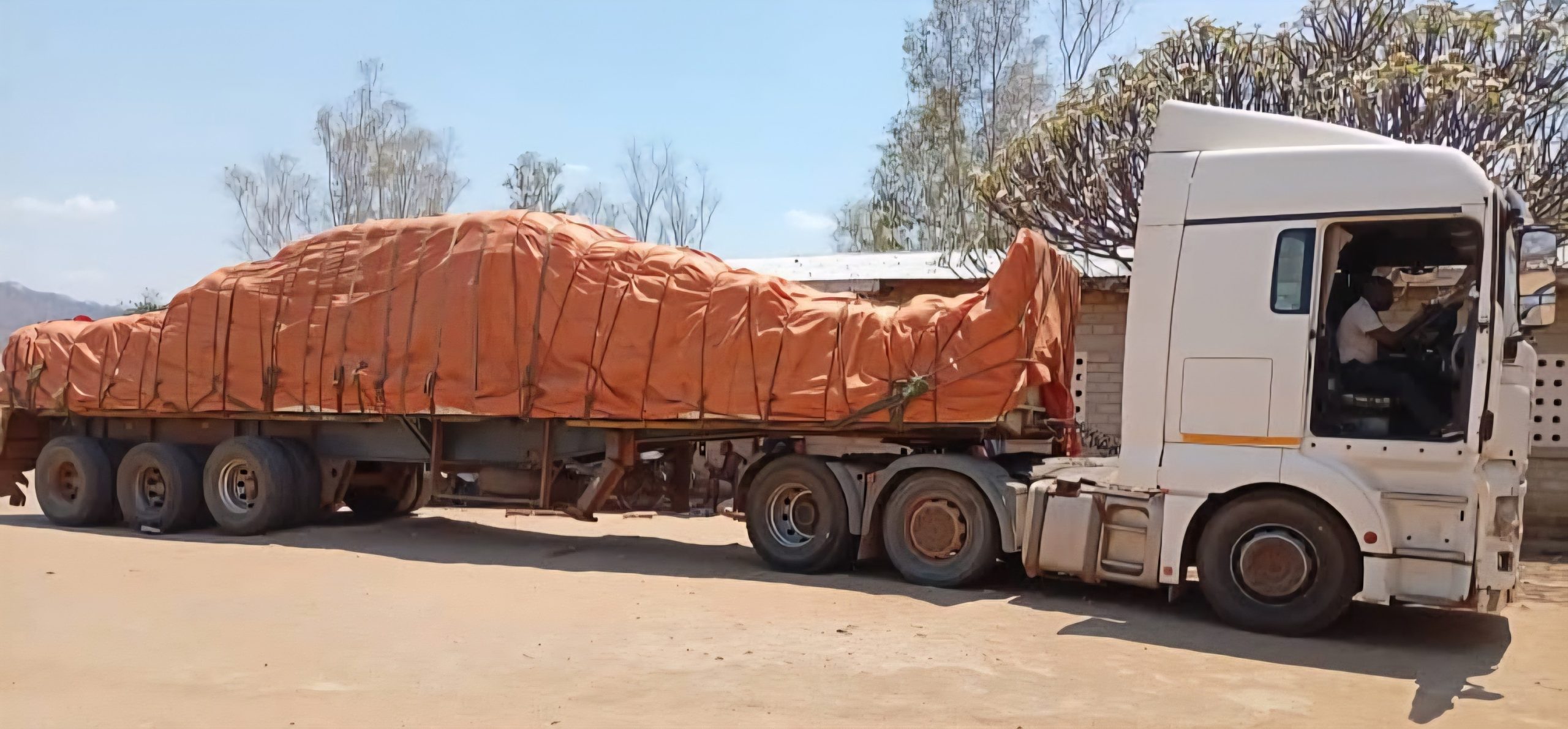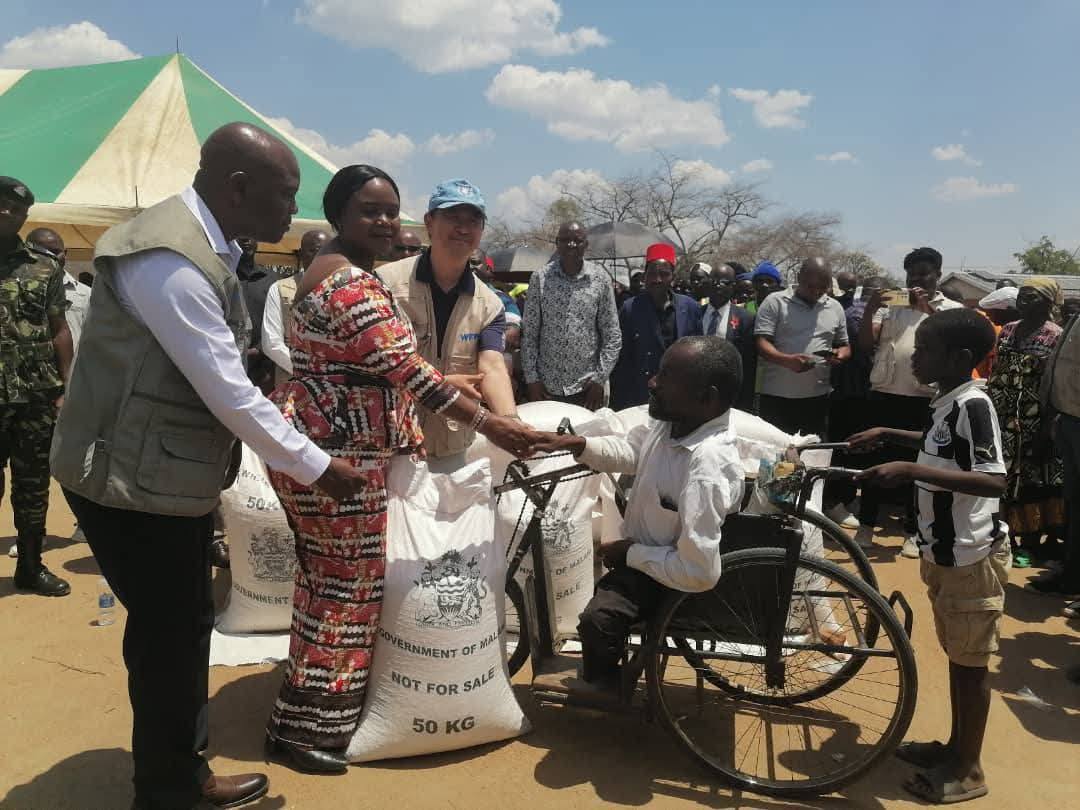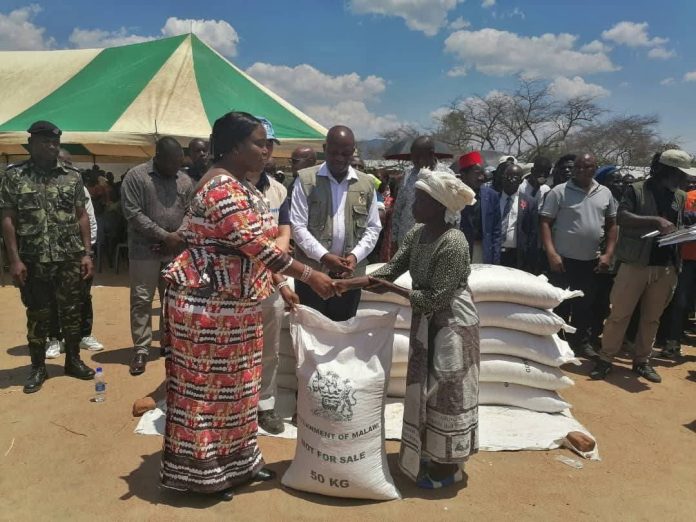Malawi has secured K46 billion (approximately $25 million) toward its 2025–2026 Lean Season Food Insecurity Response Programme, a critical initiative intended to support more than four million citizens at risk of hunger between now and the harvest months.
The funds, mobilized from development partners including the World Food Programme (WFP), the World Bank, USAID, and Irish Aid, represent just over one-fifth of the K209.4 billion required, underscoring both the urgency of the crisis and the scale of funding still needed to close the gap.
Announcing the programme at Chinguni Ground in Traditional Authority Sitola,Machinga District, The Agriculture, Irrigation and Water Development Minister Roza Mbilizi emphasized that Malawi’s food security challenges are no longer seasonal anomalies but part of a deepening cycle driven by climate volatility, high agricultural input prices, and declining yields.
In the 2023–2024 agricultural year, the country recorded an estimated 20% drop in maize output, with drought conditions and localized flooding disrupting planting and harvest windows. As a result, approximately nine out of ten districts are experiencing moderate to severe food insecurity, particularly in rural areas reliant on rain-fed subsistence farming.

Distributions are expected to begin mid-November, covering communities across all 28 district councils and Malawi’s four cities; Blantyre, Lilongwe, Mzuzu, and Zomba. Beneficiaries will receive either maize rations or cash transfers valid for four to six months depending on regional severity. For many families, this support will determine whether they can withstand the hunger season that spans from November to March, when food stocks run critically low and market prices spike.
Read also: Nigeria approves National Carbon Market Framework ahead of COP30
The programme’s structure reflects the increasing professionalization of Malawi’s emergency response systems. Cash transfers, for instance, allow beneficiaries to purchase food from local markets when supplies are available, helping stabilize trading networks and avoid logistical limits in grain transport. But for the districts where harvest failure has left shelves bare, physical grain distribution remains essential.
Development partners have reiterated their commitment. WFP Country Director Hyoung Joon Lim emphasized the urgency of ensuring that no households are abandoned during the toughest months of the year, noting that food insecurity does not only generate hunger, it can trigger school dropouts, early marriage, and loss of income generation capacity that prolongs poverty far beyond a single season.
Over the last decade, Malawi’s population has grown by more than 4 million people, while arable land expansion and productivity gains have stagnated. Fertilizer prices have more than doubled compared to pre-2020 levels due to global market shocks, pushing many farmers to reduce the amount applied or shift to low-yield planting strategies.
Meanwhile, El Niño–related droughts have increased the frequency of failed harvests in southern regions such as Nsanje and Chikwawa. These overlapping pressures have eroded household resilience: families sell livestock, tools, or land rights to buy food, leaving them even more vulnerable the following year.
Recognizing this, Malawi’s government has stressed that emergency food distribution cannot become the default annual response. Mbilizi noted ongoing investments to revive six major irrigation schemes, expand the Greenbelt Initiative, and support mega farms and cooperatives to scale both production and market access. If implemented effectively, these systems could shift the nation from reliance on 96% rain-fed agriculture to a more predictable model buffered against drought cycles.

The lean season assistance being mobilized, remains the front line of humanitarian protection for millions of households. The challenge for policymakers and partners will be to sustain immediate food aid while simultaneously accelerating long-term adaptation. That means expanding early warning systems, increasing climate-smart seeds, reforming fertilizer subsidy delivery, and bolstering extension services that help farmers adopt resilient growing methods.
Read also: Angola seeks $4.5 billion to link its Atlantic Coast to Zambia’s Copperbelt
Malawi’s situation reflects a wider regional trend: across southern Africa, more than 30 million people are projected to require food assistance this year as climate shocks intensify. But how Malawi navigates this moment, balancing crisis response with structural change, will help determine whether repeated hunger cycles continue or a resilient agricultural future becomes possible.
For now, the message from officials and communities is clear: every kwacha secured buys time, and dignity, for families on the frontline of the climate crisis. But the funding gap remains wide, and the stakes continue to rise with every delayed rain and every empty field.
Engage with us on LinkedIn: Africa Sustainability Matters






